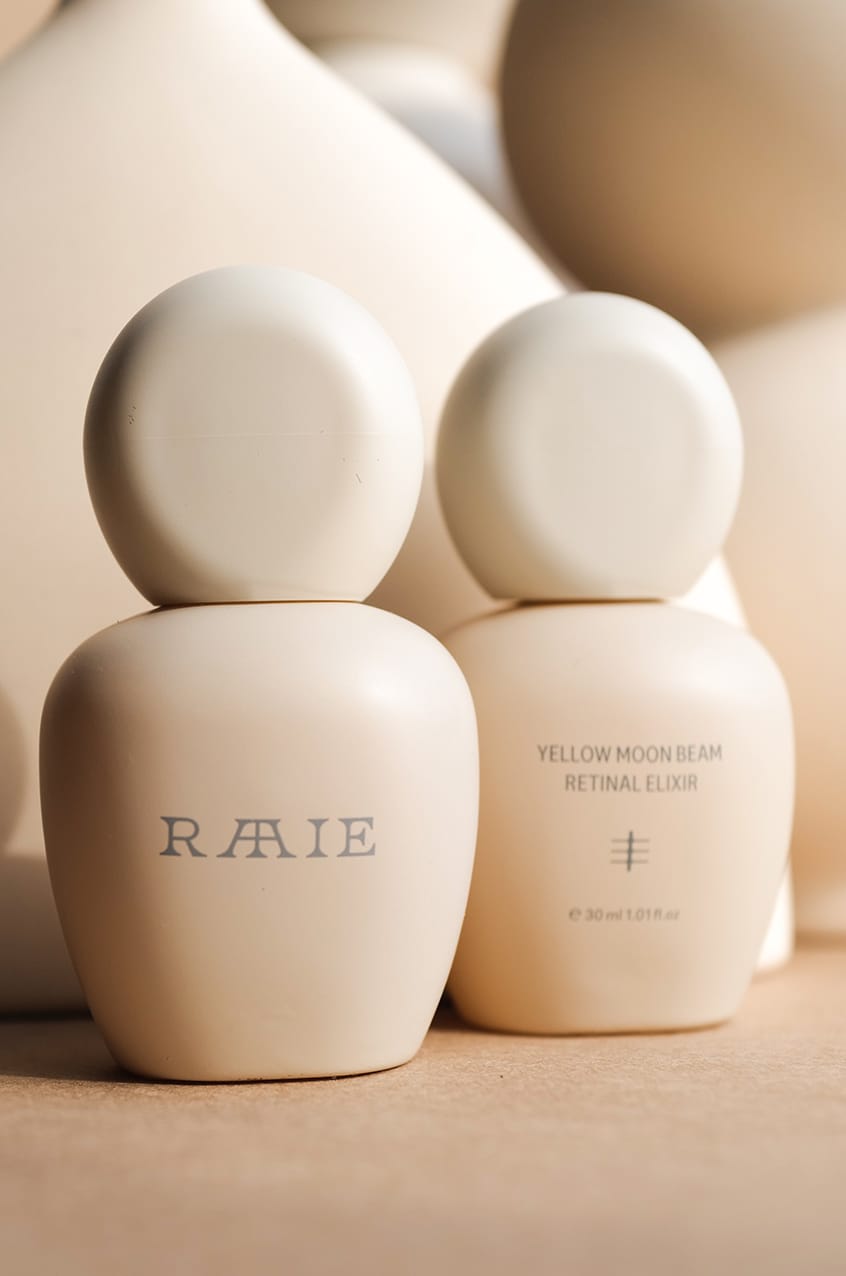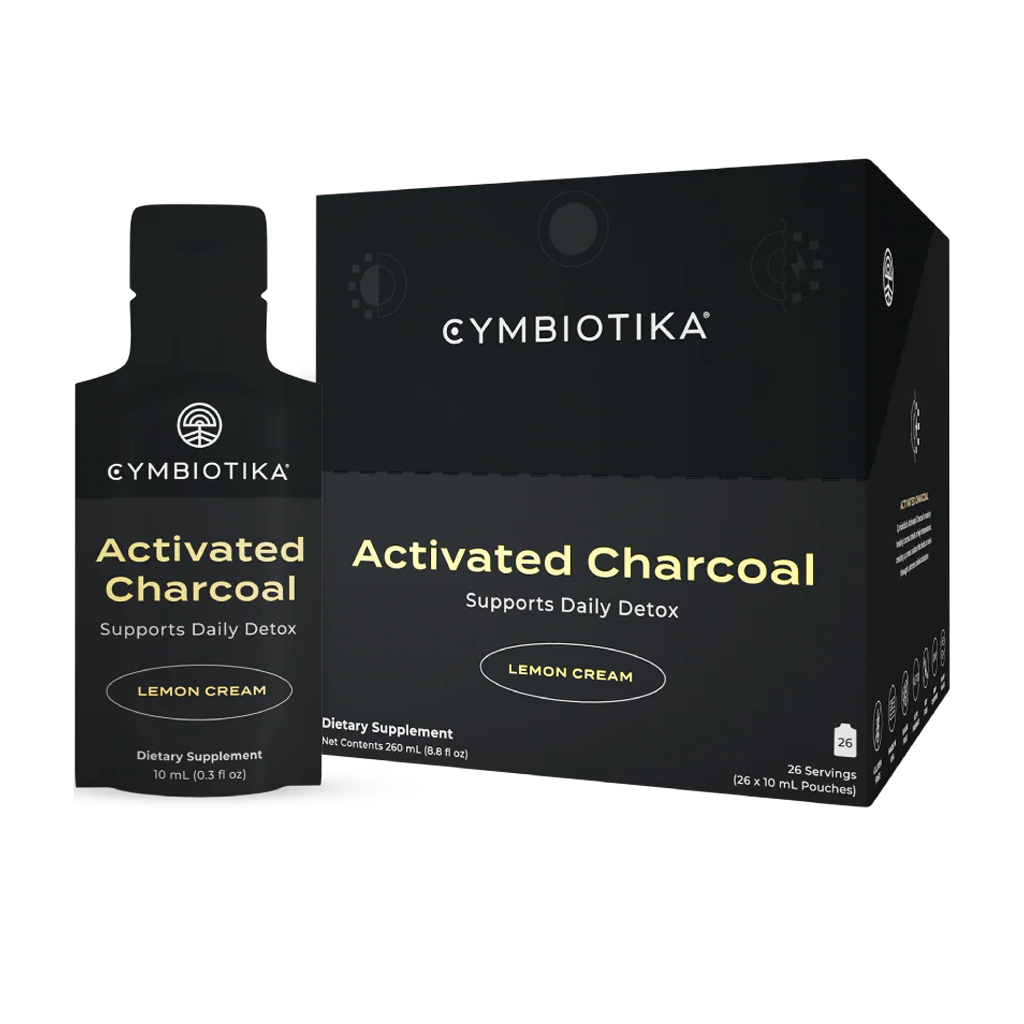It doesn’t matter where you are in the world or what language you speak, mention the word ‘sauna’ to someone and they’ll almost certainly know what you’re talking about: coals, steam, heat and sweat.

Evolution of Finnish Sauna
Although the word is the same in languages throughout the world, the word ‘sauna’ actually comes from Finland, where it literally means ‘bathhouse’.
Some of the first saunas originated in Northern Europe 7000 years ago, and have remained an integral part of Scandinavian, Russian, Estonian and Latvian culture ever since. These early saunas consisted of holes dug into the earth and filled with stones heated by a fire. They were considered a retreat from the harsh cold of Nordic winter, and gathering places for families and the greater community.
Over time, saunas moved above ground and were constructed by draping animal skins over the entrance of caves and cabin-like buildings filled with fire-heated stones. Once the smoke had cleared, water was thrown over the hot stones and the steam produced would heat the bodies of those gathered inside.
In Finland, where saunas are universally revered as a national pastime, the hot steam is known as ‘leil’ or ‘löyly’ – considered a pillar for maintaining good health.
Traditionally, the steam was seen to provide relief from muscle tension and pain from long days of physical labour in the fields. It was also used as a cure for common illnesses and more chronic health conditions.
There was also a mystical and spiritual element associated with sauna bathing. Saunas were regarded as holy spaces and the practice of sauna bathing was thought to purify the soul and bring luck and good fortune. Sauna bathing was only done during daylight hours, as it was thought that after the sunset, saunas became home to supernatural beings. Saunas were also spaces where women gave birth and wedding celebrations took place. Even the bodies of the deceased were cleansed for burial inside saunas.
To preserve the sanctity of the sauna, there was an etiquette to adhere to; “one must behave in the sauna as they would in the church”, went the translation of an old Finnish adage. Although saunas were a place to socialise, it was, and still is, important to be respectful, keep voices soft and refrain from using offensive language.
Using a sauna whisk, known as ‘vihta’ or ‘vasta’ in Finnish, was also common practice. The whisk was made of bundles of birch twigs that were gently brushed and slapped across the body, beginning at the soles of the feet and moving up the body. This would provide a boost in blood circulation and improve the softness and overall health of the skin.

Modern Day Finnish (Traditional) Sauna
A range of different saunas are used in Finland today – wood-stove saunas are typically used in rural areas, while electric saunas are used in urban areas and apartments. The first electric sauna was invented in Finland in 1938. This type uses an electric stove to provide the heat, removing the need for an open fire. Most modern day Finns have a private electric sauna in their apartment or home. And around 90% of Finns use saunas weekly, benefiting from the healing and happiness provided by löyly.
There are also many communal saunas dotted throughout cities – in gyms, hotels, spas and even bars in Helsinki where you can enjoy a beer, while sauna bathing. It is also very common to see saunas next to lakes in Finland. Allowing users to alternate between exposure to the heat from a sauna followed by a dip in the lake - a therapeutic modality known as contrast therapy.
Although saunas have been used for the heating qualities for millennia, there are other healing modalities that are even more ancient.
Other ancient civilisations that use sauna-like treatments
There is evidence that human beings have used heat as a tool for healing as early as the discovery of fire. Tribal medicine leaders in East Africa were known to use fire to induce a sweat as a method for eliminating infectious diseases. Holes the size of a human body were dug into the earth and fire was used to create hot coals. A bed-like structure was created over the coals and the heat released from the coals would induce a deep sweat that aided purification and the treatment of illnesses.
The Mayans, Aztecs and Toltecs of Central and North America used sweat lodges – referred to as ‘Temazcal’ by the Mexicans and "inipi" or "kiva," north of Mexico – as part of their ancestral shamanic rituals for thousands of years. These lodges were used to improve the immune system, eliminate impurities, purify the spirit and reduce stress.
The sweat lodges were constructed using rocks, clay, and grass. And much like saunas, these sweat lodges involved the pouring of water onto hot rocks to produce steam and heat, which would build up in the enclosed space. Traditional Temazcal were built as a circular dome made to represent the uterus.
The Turkish also have a version of sweat treatment known as a Hammam, which translates to bathhouse. These public baths housed within ornate buildings grew in popularity during the Ottoman Empire and spread throughout the Middle East.
Hammam involves people sitting in a warm air room to acclimate their bodies to the heat. They then move to an even hotter room to sweat and open their pores. Following this, they immerse their bodies into cool water as a purification practice. And receive a thorough scrubbing with a coarse mitt or brush to exfoliate the skin and remove dead cells.

The Infrared Sauna
A rudimentary version of the infrared sauna was created by John Harvey Kellogg in 1893, with his ‘Incandescent Light Baths’. These structures used exposed electric light bulbs that emitted infrared light, generating heat for those inside the chambers. Kellogg also discovered that infrared light actually penetrated into the skin, which induced an even deeper sweat, improving detoxification.
In 1965, a Japanese doctor received a patent to make a ceramic infrared sauna that emitted far infrared light. And for the next 14 years, Japanese doctors were the only practitioners that used far infrared saunas as a treatment for their patients. In 1979, a full spectrum (far, mid and near) infrared sauna was made available for purchase to the public in the United States. And since the 1980’s, infrared saunas have gained popularity globally and evolved to include chromotherapy lights, halotherapy and other features that support healing.
Traditional vs. Modern Infrared Saunas
Although both traditional and infrared saunas are designed to support detoxification, lower inflammation and induce relaxation, there are some differences in the way they work.
Traditional saunas heat the air first, whereas infrared saunas use near, mid and far infrared light that penetrates the skin and tissues, heating the body up from the inside out. This means that infrared saunas don’t get as hot as traditional saunas, so the heat is more bearable and you can stay in and sweat for longer.
The other major difference between these two systems is that with infrared saunas the light penetrating through the skin actually mobilises toxins that are stored in the fatty tissues. So there may be a more concentrated level of toxins that are sweated out in an infrared sauna compared to traditional saunas.







